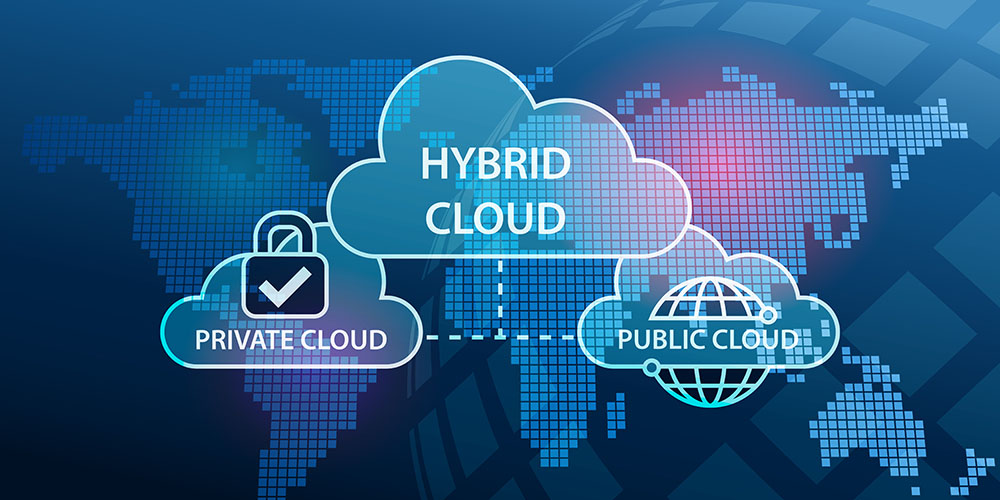
Aug 14, 2019 | SMB Technology, SMB Technology, SMB Technology, SMB Technology, Technology News
With technology ever changing and progressing, more is demanded from your network than ever before. Cloud computing, along with multiple applications and huge amounts of data, demand a strong and healthy network. Read on to learn more about how to monitor your network and maximize its flexibility, efficiency and security. Network Monitoring—The What and the Why Network monitoring is a proactive part of a managed services plan, alerting a business to hazards both within the network and attacks from outside. First, network monitoring can show where there are poorly functioning circuits leading to disconnections, or bottlenecks in the system. Network outages due to these causes, along with natural disasters and power outages, can cost a business in terms of loss of revenue, downtime, and loss of reputation from data leaks. Second, network monitoring can identify external threats such as denial of service attack and potential ransomware intrusion attempts. The Where and How of Network Monitoring If a hazard or intrusion is identified quickly, it can be dealt with quickly, keeping a problem from escalating. For example, it can find potential holes where data can be leaked or lost. Also, excessive bandwidth consumption can be identified, so that computing resources can be directed toward mission-critical applications. Unauthorized users can be detected, to protect the network from those who should access it. Software-defined Wide Area Networks (SD-WAN) is a system in which multiple carriers are used, affording the business additional flexibility; if one part of the network is down, another part can pick up the traffic, allowing for uninterrupted service. Remote network monitoring can save time and money by eliminating the...

Aug 6, 2019 | SMB Technology, SMB Technology, SMB Technology, SMB Technology, Technology News
Cloud computing, despite varying levels of adoption, has become a common way for a business to avail itself of computing resources without having to maintain expensive infrastructure. Companies can use varying levels of resources, scaling up and down as demand and usage changes. How does a company know which cloud environment is the right one? Read on to learn more about how to make this determination. What is Hybrid Cloud? Hybrid cloud is a combination of on premise, third party, private cloud, and public cloud. Some companies have moved all the infrastructure to the Cloud. This could include software as a service (e.g., Customer management system), or also infrastructure as a service for application hosting or Cloud backup. Other companies may choose to keep some services available on premise (at their location) for failover or easy access, while at the same time tapping in to public or private cloud services for off-site redundancy or access to new features that may not be available in legacy systems. Benefits of Hybrid Cloud Hybrid Cloud can offer flexibility and agility to a business, allowing you to get the best of both worlds. For example, having files locally can help you backup quickly in the case of ransomware attacks, without having to restore from the cloud. If you are in a disaster recovery scenario when you cannot access your physical location, private or public cloud can give your applications and data from most anywhere. Hybrid Cloud Considerations If you are combining on-premise, public cloud and private cloud in your business, it is important to have a solid network infrastructure to avoid bandwidth bottlenecks...




